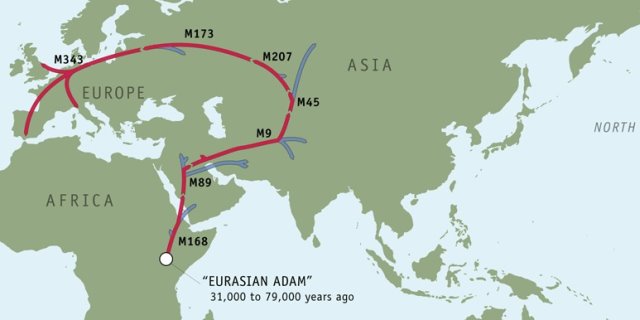- February, 2008: My Very Exciting Magic Carpet Just Sailed Under Nine Palace Elephants. By the end of the week every elementary school child-geek will have this memorized. That is, if they haven't already.
Here's the time line leading up to this:
- 1846: Urbane Le Verrier predicts the existence of Neptune based upon perturbations in the orbit of Uranus. He sends his predictions to Johann Gottfried Galle in Berlin, who finds Neptune the night after receiving the news.
- 1930: Astronomers world wide race to discover "Planet X," which was (wrongly) predicted to exist based upon perturbations in Neptunes orbit. Clyde Tombaugh, a 22 year-old Kansas farm boy, is the first to spot it. Planet X becomes Pluto.
- July 2005: Mike Brown, Chad Trujillo, and David Rabinowitz discover an object larger than Pluto in the Kuiper Belt. It is known officially as 2003 UB313, and unofficially as Xena. Is it a new planet? And if not, should Pluto be demoted?
- August 2006: The International Astronomical Union (IAU) officially defines the word "planet." Pluto doesn't make the cut. The IAU names UB313 Eris, and announces that it, Pluto, and Ceres in the asteroid belt are now dwarf planets.
- Today: Mary Smith, a fourth grader from Montana, enters the geek hall of fame with her winning mnemonic device for remembering the order of the New Solar System.
 Mercury - Venus - Earth - Mars - Ceres - Jupiter - Saturn - Uranus - Neptune - Pluto - Eris
Mercury - Venus - Earth - Mars - Ceres - Jupiter - Saturn - Uranus - Neptune - Pluto - ErisGot it?
There's a silly online petition to reinstate Pluto. I'm more curious about why Quaoar didn't make the cut. Or what a Quaoar is, really:

(image from Caltech)

1 comment:
Keep up the good work.
Post a Comment